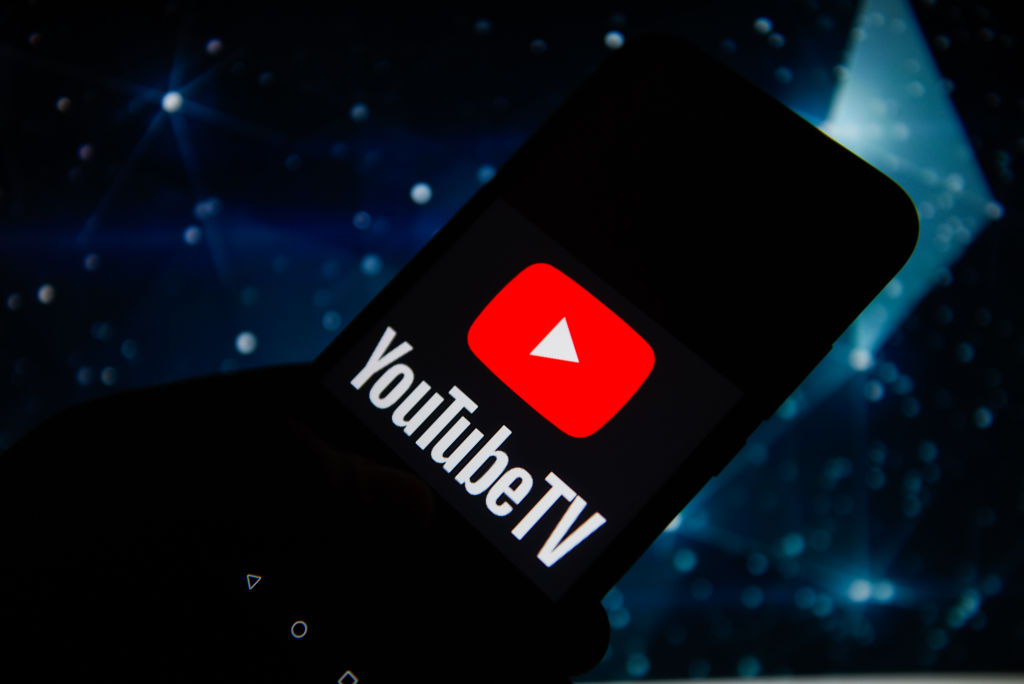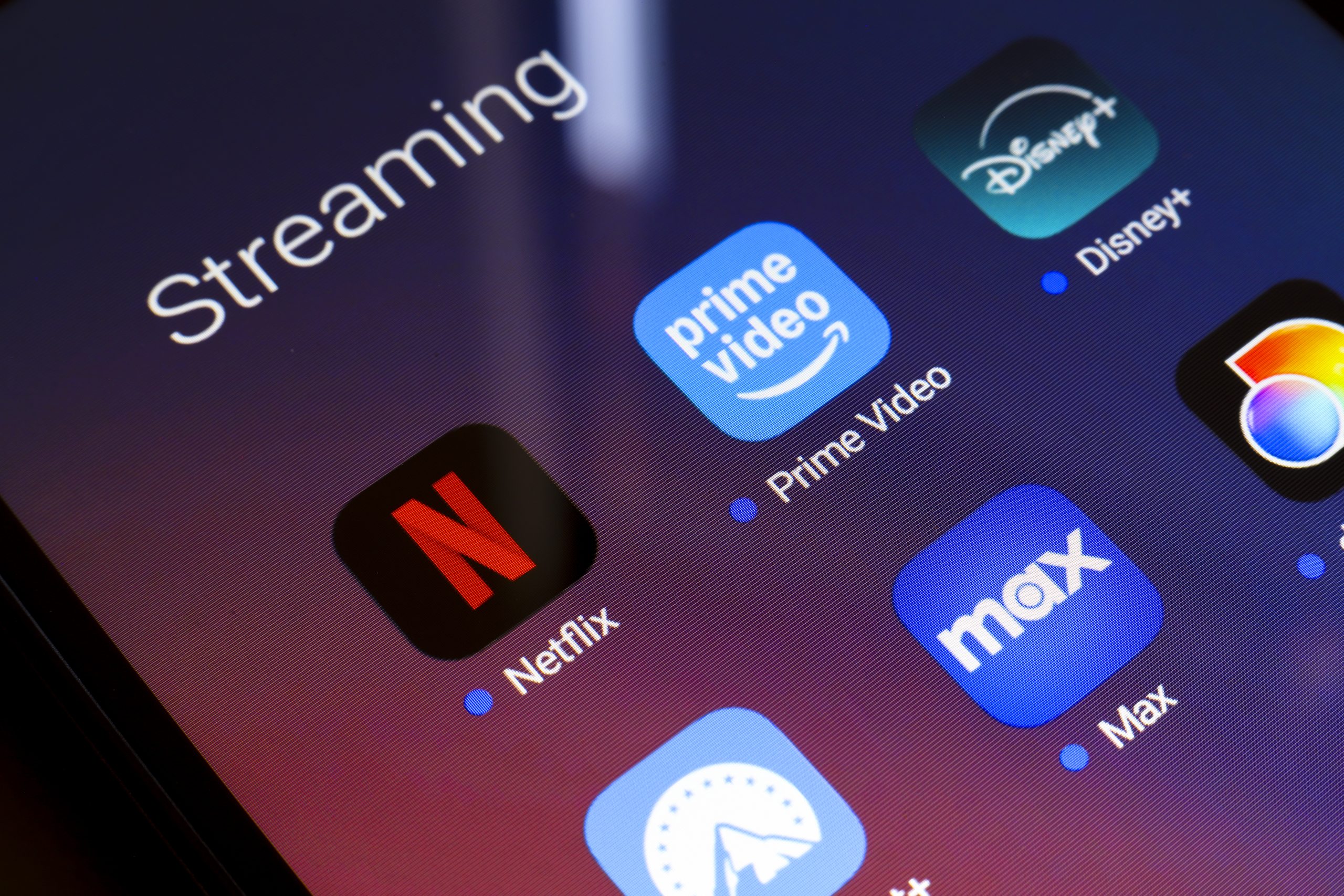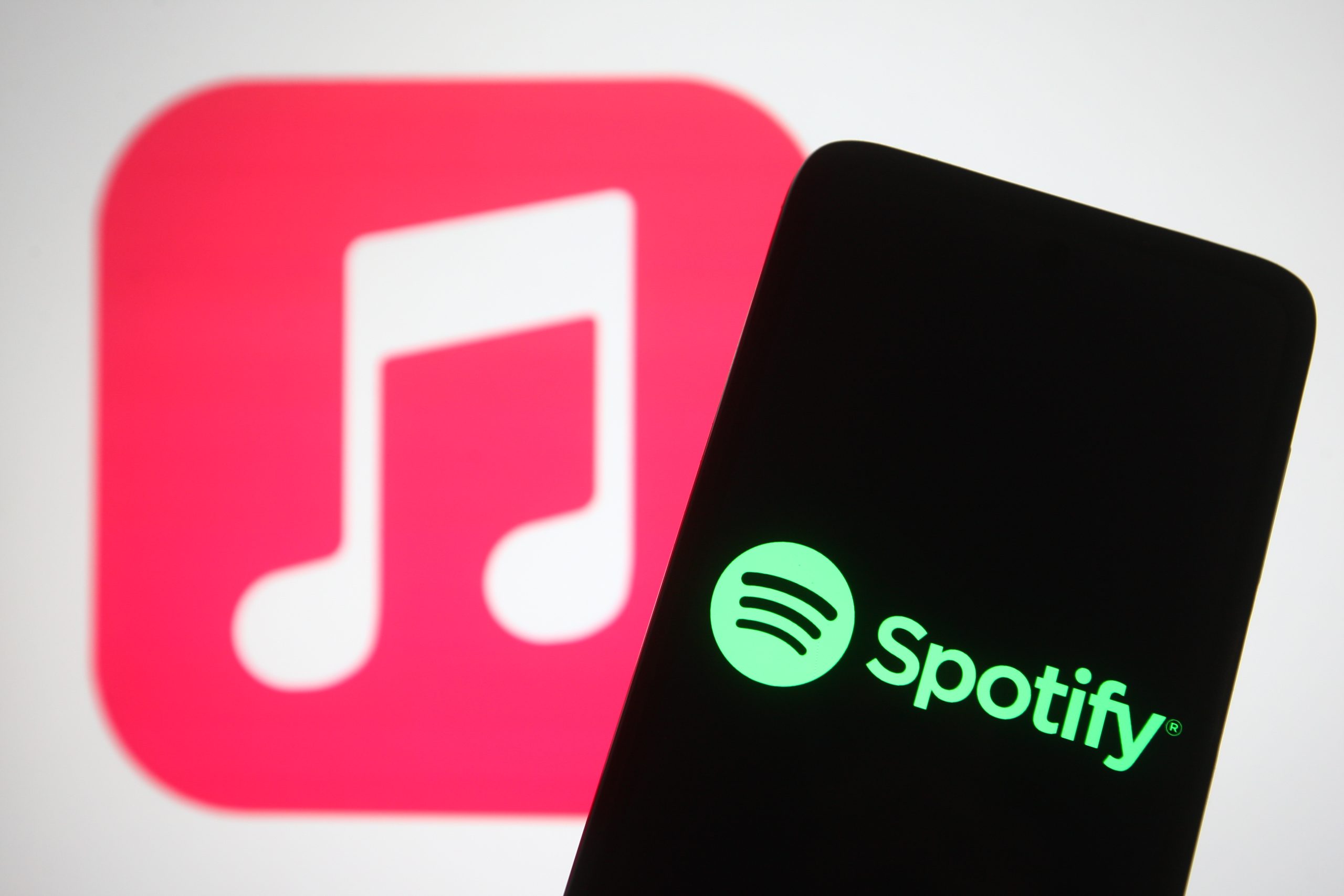
A protracted contractual disagreement has unfolded between Alphabet Inc.’s YouTube TV platform and The Walt Disney Company, leading to an extensive blackout of Disney-owned channels for millions of streaming subscribers. For nearly two weeks, this impasse has left approximately ten million YouTube TV users unable to access a significant portion of their subscribed content, highlighting the volatile nature of modern media distribution. The dispute centers on the economic terms of a new content licensing agreement, with both corporate behemoths maintaining staunch positions that have direct implications for consumer access and monthly subscription costs.
The Heart of the Dispute: Economic Tensions
At the core of this ongoing conflict lies the complex negotiation over "carriage fees"—the payments made by distributors like YouTube TV to content owners like Disney for the right to carry their channels. On October 23, YouTube TV publicly stated its commitment to "working in good faith" to secure a new deal. However, the streaming service contended that Disney was "proposing costly economic terms that would raise prices on YouTube TV customers while benefiting Disney’s own live TV products." This perspective underscores YouTube TV’s stated aim to prevent escalating costs from being passed directly to its subscriber base, a common concern in the highly competitive streaming market.
Conversely, The Walt Disney Company has framed the situation as YouTube TV "refusing to pay fair rates for our channels." From Disney’s viewpoint, its extensive portfolio of popular and high-value content, including critically acclaimed entertainment, live sports, and essential news programming, warrants a commensurate licensing fee. This divergence in valuation forms the bedrock of the stalemate, as each company seeks to protect its financial interests and strategic market positioning in an increasingly fragmented media landscape. The disagreement reflects a broader industry trend where content creators, armed with valuable intellectual property, demand higher compensation, while distributors strive to maintain competitive pricing to attract and retain subscribers.
A Content Empire Divided: Disney’s Extensive Portfolio
The breadth of Disney’s media empire means that the blackout extends far beyond a few niche channels. The affected lineup encompasses approximately two dozen networks, touching upon nearly every genre of television. Flagship channels like ABC, a cornerstone of broadcast television offering news, prime-time entertainment, and syndicated programming, are unavailable. ESPN, the dominant force in sports broadcasting, is also dark, depriving fans of live games, analysis, and sports news.
Beyond these giants, the blackout impacts a diverse array of Disney-owned properties, including Disney Channel, Disney Junior, and Disney XD, crucial for children’s entertainment; FX, FXX, and FXM, known for their adult dramas and comedies; National Geographic and Nat Geo Wild, providing documentary and nature content; and Freeform, targeting young adult audiences. This comprehensive disruption illustrates the pervasive reach of Disney’s content across various demographics and interests, making the absence of these channels particularly impactful for a wide spectrum of viewers. The sheer volume and popularity of these networks lend Disney significant leverage in negotiations, as their absence creates a substantial void in any live TV offering.
Subscriber Fallout: More Than Just Sports
The immediate consequence of this dispute falls squarely on the shoulders of YouTube TV’s ten million subscribers. While prominent media outlets have highlighted the plight of sports enthusiasts missing crucial college football games and other live athletic events on ESPN and ABC, the impact resonates much more broadly. The loss of access disrupts daily routines, entertainment habits, and information consumption for millions of households.
Consider the daily ritual of watching a beloved syndicated game show like "Jeopardy!," which airs on ABC affiliates across the country. For many, this program is a consistent fixture, providing intellectual engagement and a sense of routine after a long day. The sudden disappearance of such a cultural touchstone underscores how deeply integrated television content is into the fabric of everyday life. Beyond specific shows, families relying on Disney Channel for children’s programming or news viewers accustomed to ABC’s national and local broadcasts find themselves suddenly deprived of essential services. This disruption illustrates the powerful, often underestimated, cultural and social role that television plays, transforming a corporate dispute into a tangible source of frustration for everyday consumers.
Financial Ramifications for Both Giants
The financial stakes of this standoff are substantial for both Google, through its YouTube TV subsidiary, and The Walt Disney Company. According to analyses by financial institutions like Morgan Stanley, Disney stands to lose an estimated $60 million over a two-week period, translating to approximately $4.3 million in foregone revenue per day, primarily from carriage fees and associated advertising income. While this figure is significant, it represents a fraction of Disney’s multi-billion dollar annual revenues, suggesting a willingness to absorb short-term losses for long-term strategic gains in negotiations.
On YouTube TV’s side, the financial impact isn’t directly measured in lost carriage fees, but rather in potential subscriber churn and brand reputation damage. To mitigate subscriber dissatisfaction, YouTube TV announced a $20 credit for affected customers, which must be manually redeemed. While seemingly a gesture of goodwill, this move also carries a financial cost for Google. It’s worth noting that in 2021, a similar, albeit much shorter, one-day blackout of Disney channels on YouTube TV resulted in a $15 credit for subscribers. The current $20 credit for a much longer disruption, coupled with a general increase in YouTube TV’s monthly subscription price since 2021, has led some to question the adequacy of the compensation. The financial calculus for both parties involves weighing the immediate revenue implications against the long-term value of content, subscriber loyalty, and market positioning.
The Broader Streaming Wars Context
This current dispute is not an isolated incident but rather a symptom of larger tectonic shifts occurring within the media industry.
A History of Cord-Cutting and Virtual MVPDs
The phenomenon of "cord-cutting," where consumers abandon traditional cable or satellite television subscriptions, began gaining significant traction in the early 2010s. This trend was fueled by the rise of on-demand streaming services like Netflix and Hulu, which offered more flexible and often cheaper alternatives. In response, technology companies and traditional broadcasters launched "virtual multichannel video programming distributors" (vMVPDs) such as Sling TV, Hulu + Live TV, FuboTV, and YouTube TV. These services aimed to replicate the cable bundle experience over the internet, offering live TV channels without the need for a set-top box or long-term contracts. YouTube TV, launched in 2017, quickly grew to become one of the largest players in this space, attracting millions with its user-friendly interface and cloud DVR capabilities.
Market Dynamics and Content Costs
The landscape of content distribution is characterized by increasingly complex power dynamics. Content owners, recognizing the value of their intellectual property in a competitive market, are continually seeking higher fees from distributors. This trend has been exacerbated by the escalating costs of producing high-quality original content and securing rights for live events, especially sports. Distributors, in turn, are under pressure to keep their prices competitive to attract and retain subscribers, often caught between the demands of content owners and the expectations of price-sensitive consumers. This tension frequently culminates in public carriage disputes, where one party pulls its content from a platform to gain leverage in negotiations. Such conflicts have historically involved various providers and content networks, making this YouTube TV-Disney spat a familiar, albeit high-profile, iteration.
Disney’s Direct-to-Consumer Strategy
A crucial element influencing Disney’s negotiating stance is its aggressive pivot towards a direct-to-consumer (DTC) streaming strategy. With the successful launches of Disney+, Hulu, and ESPN+, Disney has invested heavily in building its own streaming ecosystem, reducing its reliance on third-party distributors. This strategy allows Disney to forge direct relationships with consumers, collect valuable data, and retain a larger share of revenue. The introduction of services like "ESPN Unlimited," which provides direct access to all ESPN content for a monthly fee, exemplifies this approach. While ESPN Unlimited doesn’t include "Jeopardy!" (which remains tied to local ABC affiliates and broadcast rights), its existence signifies Disney’s broader ambition to control its distribution channels, potentially influencing its willingness to make concessions to platforms like YouTube TV.
Consumer Dilemma: Navigating the Disruption
For the average consumer, these corporate battles translate into real-world inconvenience and difficult choices. Subscribers are faced with the dilemma of either waiting out the dispute, hoping for a swift resolution, or seeking alternative viewing methods. These alternatives might include subscribing to competing live TV services like Hulu + Live TV (ironically, partially owned by Disney) or FuboTV, which still carry the Disney channels. However, switching services can be cumbersome, involving new subscriptions, learning new interfaces, and potentially losing accumulated DVR content.
Furthermore, the original article hints at a common consumer practice: account sharing. The author mentions sharing their YouTube TV account with multiple individuals, suggesting a "sweet deal" that makes them reluctant to switch. This practice, while prevalent, complicates individual decision-making during blackouts and could become a point of contention for streaming providers looking to maximize revenue, echoing recent crackdowns on password sharing by platforms like Netflix. Such scenarios highlight the consumer’s vulnerability in these disputes, often feeling powerless despite being the ultimate payers for the content.
Looking Ahead: The Future of Content Distribution
The YouTube TV-Disney blackout serves as a potent reminder of the ongoing power struggles shaping the future of television. As traditional broadcast models continue to evolve and streaming platforms proliferate, the dynamics between content creators and distributors remain contentious. These disputes underscore a fundamental tension: content owners seek to maximize the value of their intellectual property, while distributors strive to offer affordable packages to their subscribers.
The resolution of this specific conflict, whenever it occurs, will undoubtedly set precedents for future negotiations across the industry. It will likely influence how virtual MVPDs price their services, how content bundles are structured, and the extent to which consumers are willing to tolerate such disruptions. Ultimately, these high-stakes negotiations are not merely about corporate profits; they are about defining the accessibility, affordability, and overall experience of consuming digital media for millions of people worldwide. The trend towards greater control by content owners, coupled with the rising costs of content, suggests that consumers may increasingly face higher prices or more fragmented access to their favorite shows and events in the years to come.





